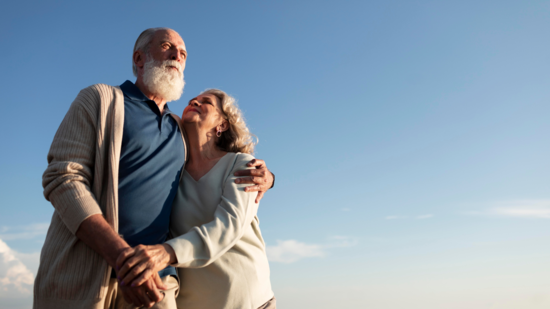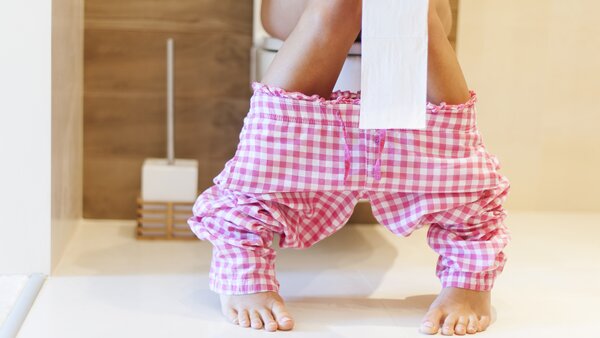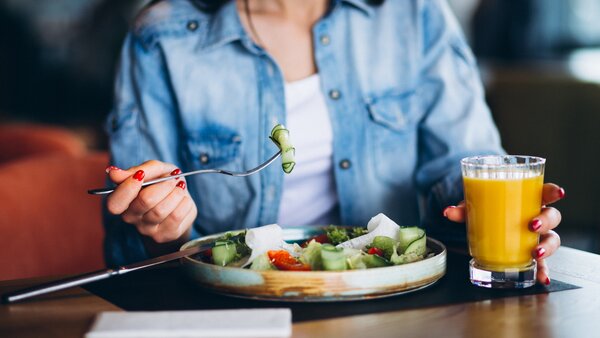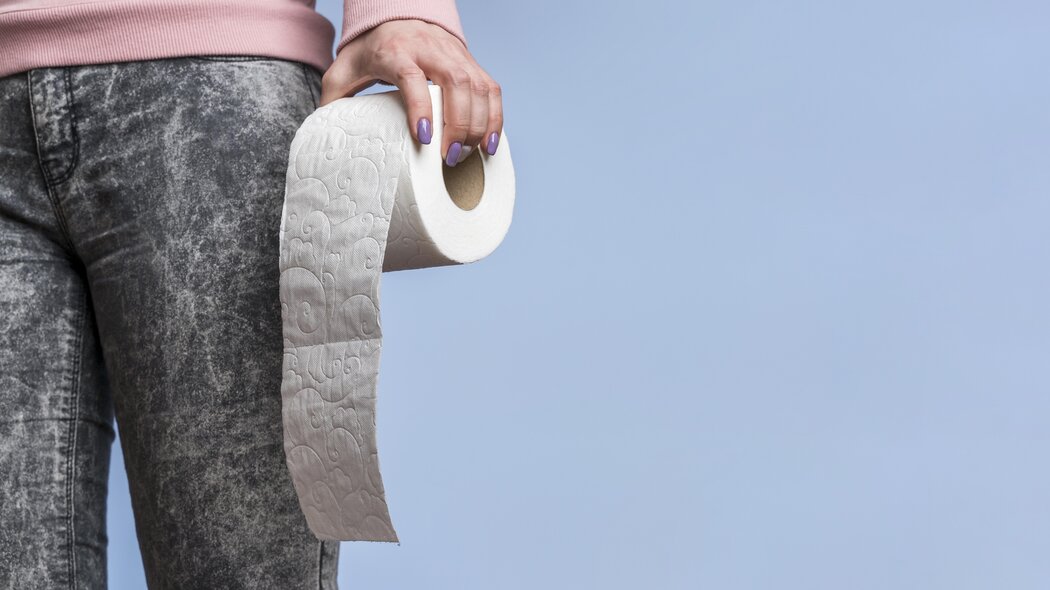You can effectively prevent painful haemorrhoids and fissures by incorporating a few simple habits into your everyday routine.

Prevention is better than cure.
Impeccable anal hygiene
Stools contain substances that can irritate and inflame the skin on prolonged contact, leading to itching, burning, and pain. Cleanse the anal area after each bowel movement with water, a damp flannel or medical wipes. Then dry with toilet tissue. Choose a toilet tissue that is absorbent yet soft (non-abrasive) and chlorine-free. Recycled paper is less ideal because the waste materials it contains, such as printer ink, can irritate the anal area.

A balanced diet and adequate fluid intake
A balanced, high-fibre diet, along with milder spices and reduced alcohol and coffee consumption, are essential. This keeps stool consistency constant and prevents diarrhoea or constipation. Normal stool consistency helps prevent friction on the inner anal skin and irritation around the anus.
A balanced diet that supports healthy digestion and regular, well-formed stools includes an adequate amount of dietary fibre. Cereals, fruit, vegetables, nuts and pulses are high in dietary fibre, which aids healthy digestion and helps maintain consistent, properly formed stools. If you're prone to loose stools or diarrhoea, you can try a herbal stool regulator made from natural fibres, such as psyllium and oat bran. Drinking enough fluids is also important. As a rule of thumb, you should have 1 to 2 litres of fluid a day. Food should not be overly spiced, as all hot spices thin the stool. The same applies to excessive alcohol and coffee consumption.

Regular exercise
Prevention also involves enjoying a healthy amount of physical activity every day. Gentle exercise, hiking, walking, gymnastics or swimming are all great options. If you have a sedentary job, make sure you stand up regularly, walk around, or alternate between sitting and standing at your desk. When engaging in physically demanding work or intense weight training, it’s important to take breaks and strike a healthy balance between effort and rest.

Correct posture when going to the toilet
The sitting position on modern toilets can make it harder to pass stools. This is because the upright position on the toilet causes the rectum to be angled. It makes sense, then, to use a small footrest while on the toilet. Ideally, the footrest should be between 20 and 30 cm high, creating a 35-45 degree angle between your legs and your upper body (see video). This relaxes the pelvic floor muscle and the intestines are straight. Bowel movements are then easier.

Help prevent and alleviate discomfort
Practical advice and inspiration to help prevent haemorrhoids and ease the discomfort they cause.



